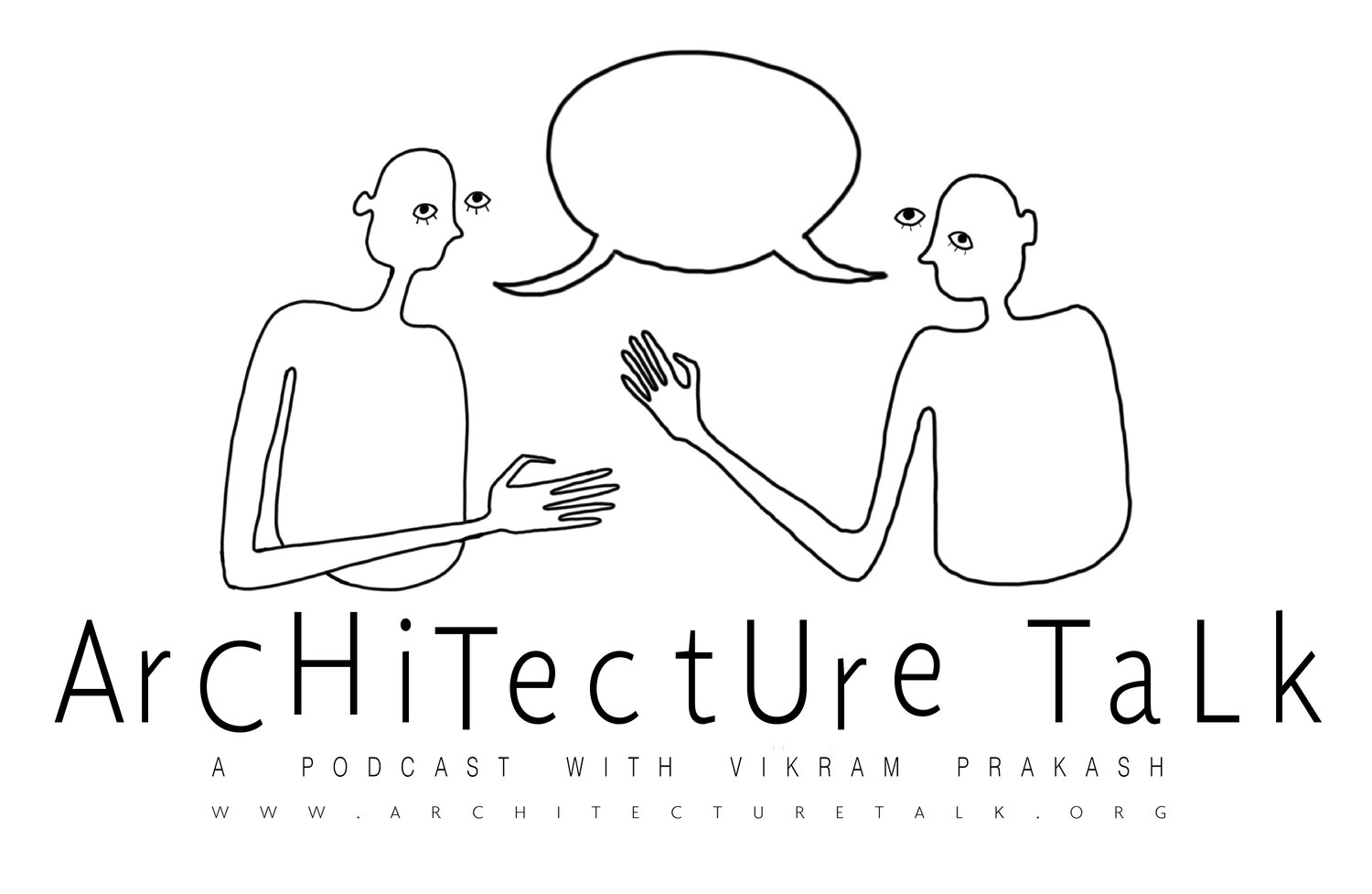59. The structure of feeling, Music and Architecture with Bright Sheng
Photo by Peter Shin
“Music really cannot describe anything, you can’t really associate it with anything. It touches some special nerve in one’s body…that is what’s so wonderful about music, it can’t be replaced by any other art form…In a completely abstract sense music is. It is what it is.”
How can a piece of music describe moving through an architectural space? For composer Bright Sheng, it’s all about the structure. This week, we’ll be discussing music, architecture and process with the globally renowned conductor, composer, pianist and educator!
Timestamp Outline
2:43 Vikram opens our conversation with the composer’s notes on Sheng’s work, “Silent Temple”
4:15 “What is it about this architectural work that arrises music, for you as a composer? How does this happen?” -VP
4:33 Bright recalls his moving visit to Ta'er Temple
7:46 “In my composition, in general, structure is the main concern. I tell my students, “when we listen to a new piece, assuming you are open minded with styles…what makes the piece fail or successful is the structure.” - Bright Sheng
9:21 Vikram asks Bright to describe the structure of the Silent Temple quartet
9:35 “…because of this image, I did not start with a plan so to speak, normally I do. I just sort of let it flow, whatever comes to mind…” - Bright Sheng
10:51 Bright describes some of the basics of his compositional approach.
For a more architectural context, a lot of what Bright is describing here reminded us of how Hannah Beachler describes her process of World Building as a production designer in this Harvard GSD Lecture.
11:58 Vikram goes on to expand this into a conversation on Bright’s use of Free Association
14:19 “Music really cannot describe anything, you can’t really associate it with anything. It touches some special nerve in one’s body…that’s what so wonderful about music, it can’t be replaced by any other art form…In a completely abstract sense music is. It is what it is.” - Bright Sheng
15:54 Bright discusses the material elements of music, like color and timbre, referencing the work of Maurice Ravel in comparison to that of Johannes Brahms and Igor Stravinsky
17:22 Changing gears, Vikram directs the conversation towards Sheng’s more narrative driven work, like Opera and Ballet
18:14 Bright describes his process of creating imagery for pieces like his work surrounding the Chinese cultural revolution titled, “Madame Mao” and the rape of Nanking or Nanjing, titled, “Nanking! Nanking!” drawing comparisons to Giacomo Puccini’s Madame Butterfly in particular the wedding scene
25:01 Vikram asks Bright about cultural translation of both themes and style in his work
25:52 Bright tells a story of composer Ravi Shankar being invited by Leonard Bernstein to hear a performance of Mozart. Though he wasn’t exactly impressed with what he heard that evening, Shankar went on to compose some stunning symphony pieces that are renowned for their East meets West composition.
29:47 Vikram asks Bright about his role in the Silk Road Project with Yo-Yo Ma . Bright has also composed for Yo-Yo Ma, in particular “Seven Tunes Heard in China”
32:06 Bright recognizes composer Béla Bartók for being one of the first to perform vernacular music alongside aristocratic styles to demonstrate their equality rather than contrast
34:16 Vikram and Bright discuss music as autobiography, Bright mentions his piece inspired by the Norwegian Northern Lights and Hans Christian Andersen, aptly titled, Northern Lights. In this work, even though the subject is far from Bright’s life and upbringing, parts of him still seep through
35:50 “What is your sense of modern composition in China today?” -VP
39:38 Bright and Vikram discuss “doing the work” of cultural translation, something architecture often misses. Bright asks Vikram if he would include I. M. Pei as participating in this. Vikram sites the Louvre Modernization and the National Gallery of Art in Washington DC as being distinctly Modern, Bright counters with the Suzhou Museum which is more in the tradition of Chinese architecture
42:25 Bright leaves us with some big take aways from the conversation






